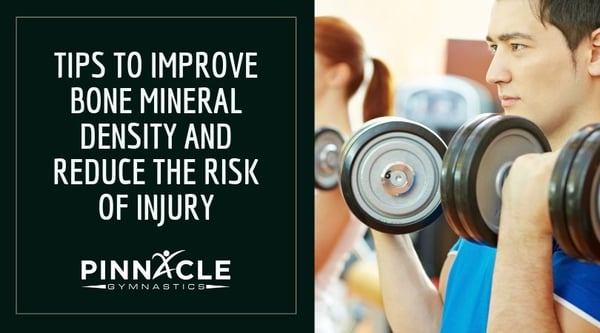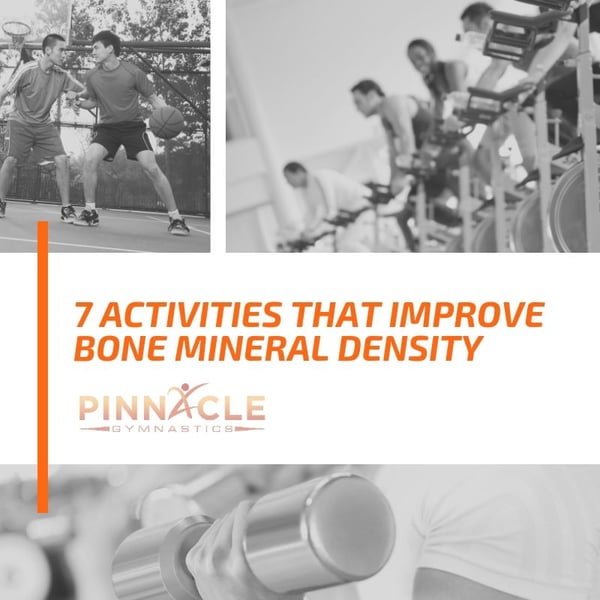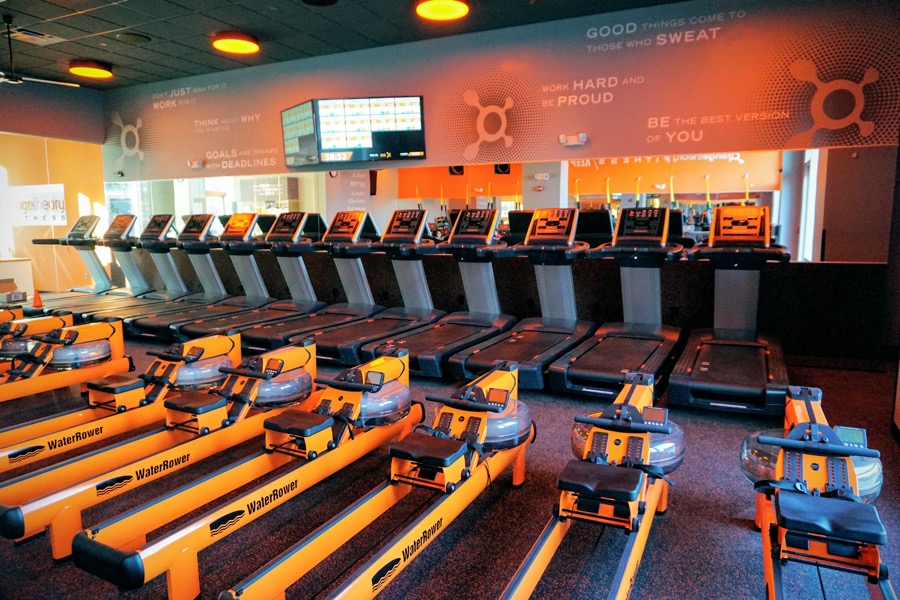Tips to Improve Bone Mineral Density
When people think of being physically active or working out in the gym, they generally think of training their cardiovascular fitness, losing body weight, or increasing muscle size or structure. Another integral aspect of training is the effect on bone mineral density. Having stronger bones can help fight bone structure diseases and prevent bone structure injuries such as fractures and breaks.

What is Bone Mineral Density (BMD)?
Bone mineral density (BMD) is the measure of strength of the bone through calcium and bone tissue content. BMD is the leading factor in bone health and for diseases such as osteopenia and osteoporosis, the deterioration of bone structure (LoFontaine and Frazier). It also shows the overall strength of our bones which directly impacts what kind of force they can take. Too much direct force or repetitive forces that overload our BMD can lead to fractures or breaks in the bone.
How is BMD improved?
Bone mineral density is improved through overloading the bone structure over a long period of time. Similar methods as to improve muscular strength or cardiovascular endurance. It isn’t a process that occurs overnight.
BMD is most effectively improved through a concept called the progressive overload principle. Progressive overload is to continually overload the body through resistance or impact in a slightly margin over a long period of time or cycle. The overload is increased in a small margin, 0.5-2% per 1-2 weeks, over time to always keep the body in a new stressor state. When the body sees the same activity or load throughout a certain period it adjusts to that stressor which decreases the rate/margin of improvement (NSCA CSCS).
Ways to Improve Bone Mineral Density
BMD is improved through high impact or high resistance (load) activities. This can range through a variety of different activities. It all starts based off your current physical activity level. If you start from a sedentary lifestyle any ground-based physical activity will improve your bone mineral density. BMD can change from adding time onto a run around the block, changing the intensity of a run, or changing the surface that you run on such as from grass to a sidewalk to a street or treadmill.
Resistance training also improves bone mineral density. This can be done through static or dynamic activities such as a squat lift vs weighted squat jumps for example. The increased load on top of regular body weight puts a new stressor on the body which can lead to improvement of BMD.

Activities to Improve Bone Mineral Density
- Timed/Distance Jog or Run
- Sprints/Varying Intensity Run
- Active, Ground-based Sports (Soccer, Baseball, Basketball, Tennis)
- Jumping
- Static Lifting (Squats, Deadlifts, Etc.)
- Dynamic Lifting (Box Jumps, Squat Jumps, Walking Lunges)
- Group Fitness or Step Classes
The biggest takeaway to consider when aiming to improve bone mineral density is to keep it in a slow, progressive manner. Too much of an overload can lead to injuries such as stress fractures or complete fractures. This is seen in many athletes of all ages by having too many training sessions with high impact or high intensity activities with little rest periods. When these activities are done with proper volume and load they can positively impact bone mineral density throughout your lifetime, decreasing your risk for injury and illness while living a healthier lifestyle.
Learn more:


